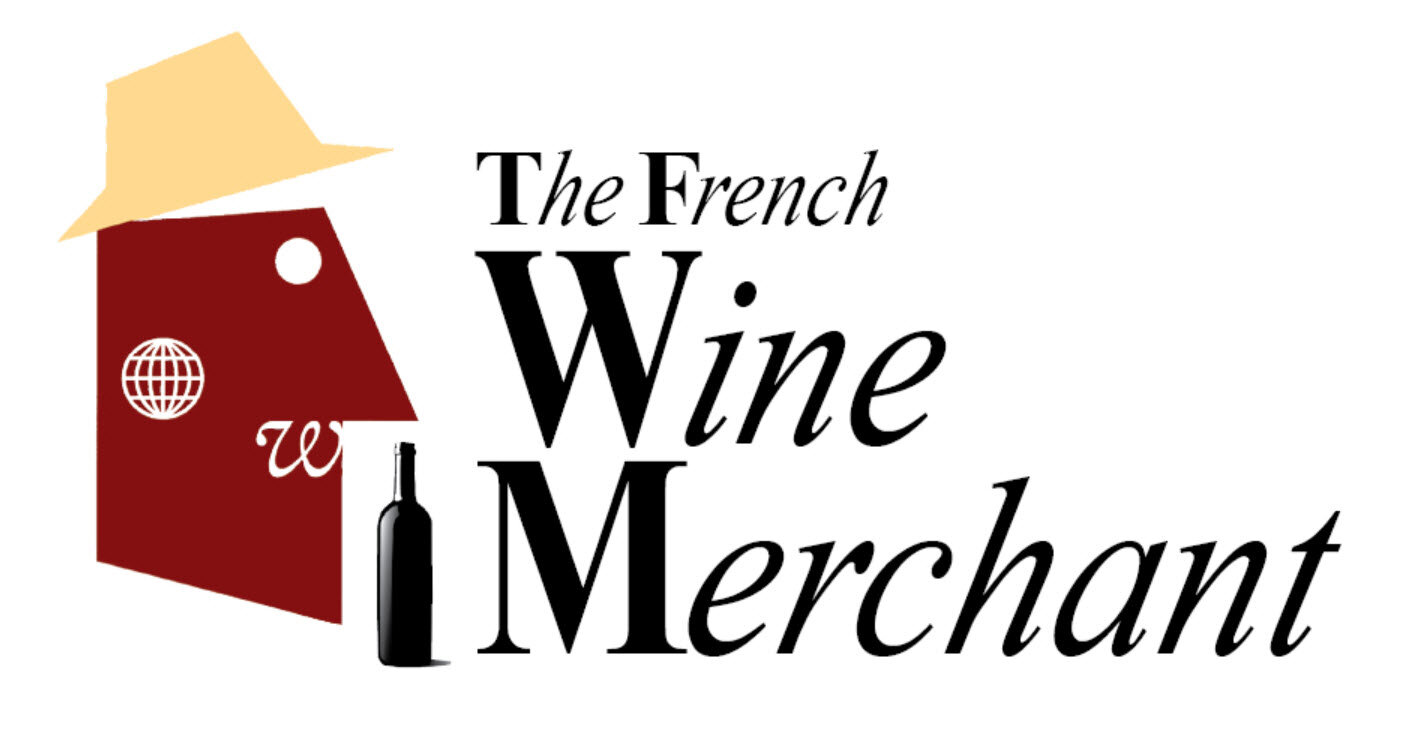Sip into Sunset: The Allure of Rosé, from Vineyard to Glass
Picture this: a sun-kissed vineyard, a symphony of vibrant hues in the horizon, and a fragrant gentle breeze that carries the promise of of something delicate yet deeply flavorful—a glass of rosé wine. This is the enchanting world of rosé winemaking, where the alchemy of grapes and the artistry of the winemaker intertwine to craft a beverage that's as delightful to the eyes as it is to the palate.
Sun-Kissed and Subtle: The Fine Craft of Provence Rosé
In the heart of the rosé crafting process lies an intricate balance. It's like creating a harmonious dance between the elegance of white wines and the structure of reds. This artistic journey begins in the vineyard, where specific grape varieties are chosen with the intention of striking that perfect equilibrium between the structure of reds and the freshness of whites. These chosen grapes are then hand-picked at the precise moment when their flavors are at their peak, encapsulating the very essence of the season.
But here's the twist that adds that iconic blush to rosé: the grape skins have a fleeting rendezvous with the juice. Unlike red wines that embrace prolonged skin contact, rosé keeps things brief, allowing the skins to infuse just a hint of their color and personality. This short-lived interaction produces the spectrum of pink hues, from pale blush to vibrant coral, setting the stage for a sensory experience that is as visually captivating as it is remarkably refreshing.
Throughout the ages, diverse winemaking regions developed their own methods for creating rosé. Take Provence, France, where the art of maceration was refined. Here, grape varieties like Grenache, Syrah, and Mourvèdre are lovingly handpicked at just the right moment of ripeness. The grapes are then gently crushed and briefly intertwined with the juice before being removed, a gentle touch that gifted the wine a delicate pale pink shade and subtle notes. Another advantage of Provence lies in its terroir, a combination of soil, climate, and tradition, which adds a distinctive touch. The region's sun-drenched days and cool nights infuse the grapes with a balance of sugar and acidity, essential for crafting wines of exceptional finesse. The devotion to preserving the grapes' natural elegance continues with the soft press process today. This gentle treatment ensures that the extracted juice maintains its grace and subtlety. Similarly, in regions like Spain and Italy, winemakers embraced methods that allowed for controlled color extraction, resulting in a spectrum of rosé styles.
Crisp or Fruity: Navigating the Flavor Spectrum of Rosé
In recent decades, rosé has experienced a renaissance, gaining international acclaim. Modern winemakers now have access to advanced technology and a deeper understanding of winemaking techniques, allowing them to craft rosé wines with precision and intention. This has led to a diverse array of rosé styles, from bone-dry and crisp to fruit-forward and vibrant.
A more crisp rosé showcases a bright and refreshing character. With higher acidity and lower residual sugar, these wines often evoke a zesty sensation on the palate. Crisp rosés are ideal for warm weather sipping, as their lively and invigorating nature offers a cooling effect. They can be likened to a rejuvenating sip of summer, making them perfect companions for lighter fare, picnics, and outdoor gatherings. Their tangy profile pairs well with dishes that have a hint of spice or dishes that call for a cleansing contrast.
On the other hand, a fruit-forward rosé leans into lush flavors. These wines may have a touch of residual sugar, which heightens the perception of ripe fruit aromas like strawberries, cherries, or tropical notes. Fruit-forward rosés present a more rounded and inviting taste, often associated with a smooth mouthfeel. This style appeals to those who enjoy wines with a touch of sweetness while still maintaining a refreshing quality. They complement dishes with a touch of sweetness or dishes with richer flavors, offering a harmonious interplay between the wine and the cuisine.
Finding the perfect balance between crispness and fruitiness can yield a rosé that captures the best of both worlds. This approach combines the invigorating sensation of acidity with the lusciousness of ripe fruit, creating a wine that is versatile and dynamic. It can be equally satisfying on its own as a delightful sipper or as a versatile partner to a wide array of dishes. In the end, the beauty of rosé lies in its versatility, providing a canvas for winemakers to express their creativity and consumers to indulge their personal preferences. Whether crisp, fruity, or harmoniously balanced, rosé offers a sensory journey that reflects the artistry and diversity of the wine world. All styles cater to diverse palates, occasions, and culinary pairings.
Today, rosé has become a symbol of elegance, leisure, and versatility. It transcends seasons to embrace year-round appreciation, seamlessly pairing with a wide range of foods and occasions. The journey that began with ancient winemakers' resourcefulness has evolved into a global phenomenon, where the art of creating rosé continues to captivate wine enthusiasts worldwide.


